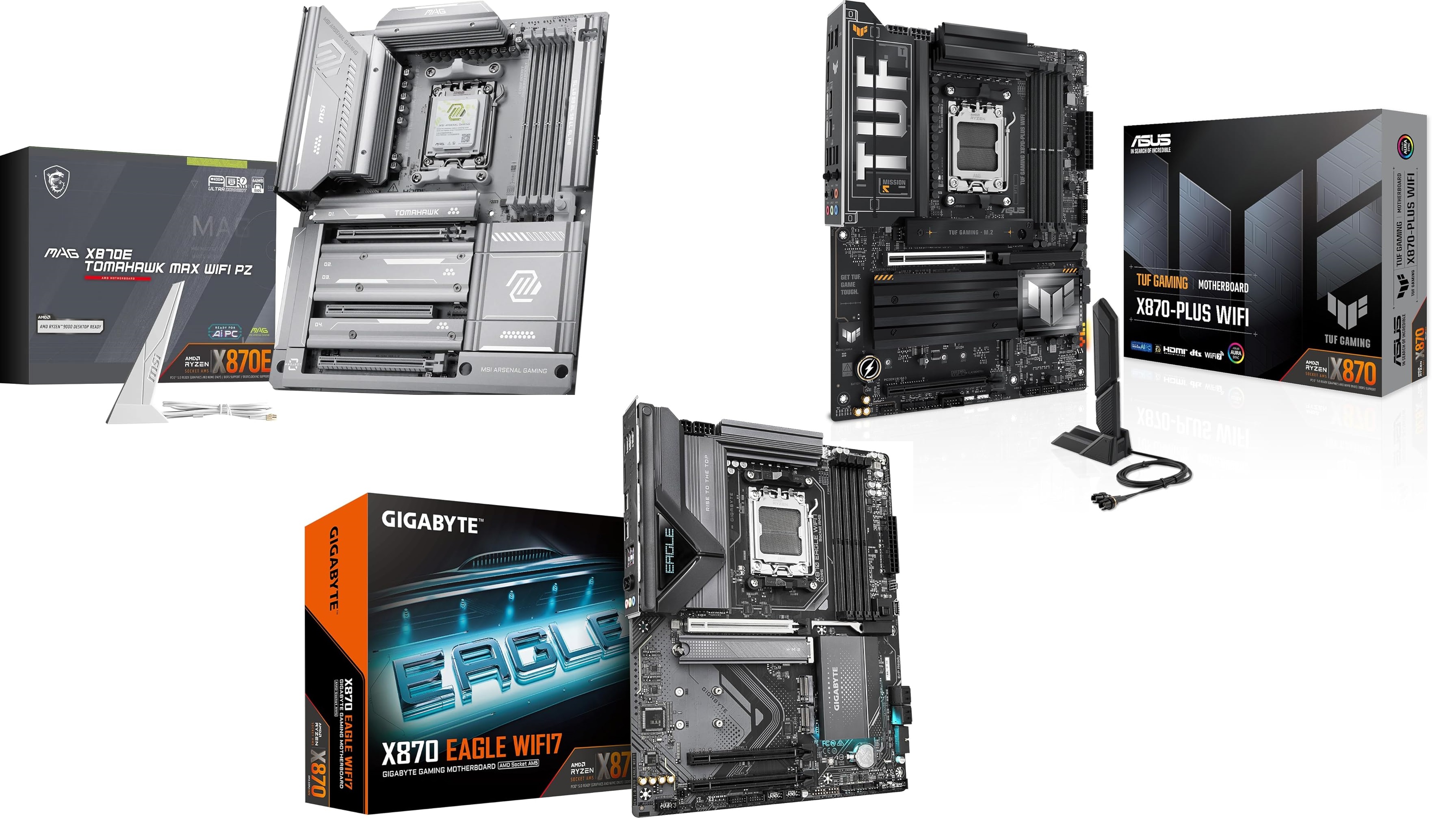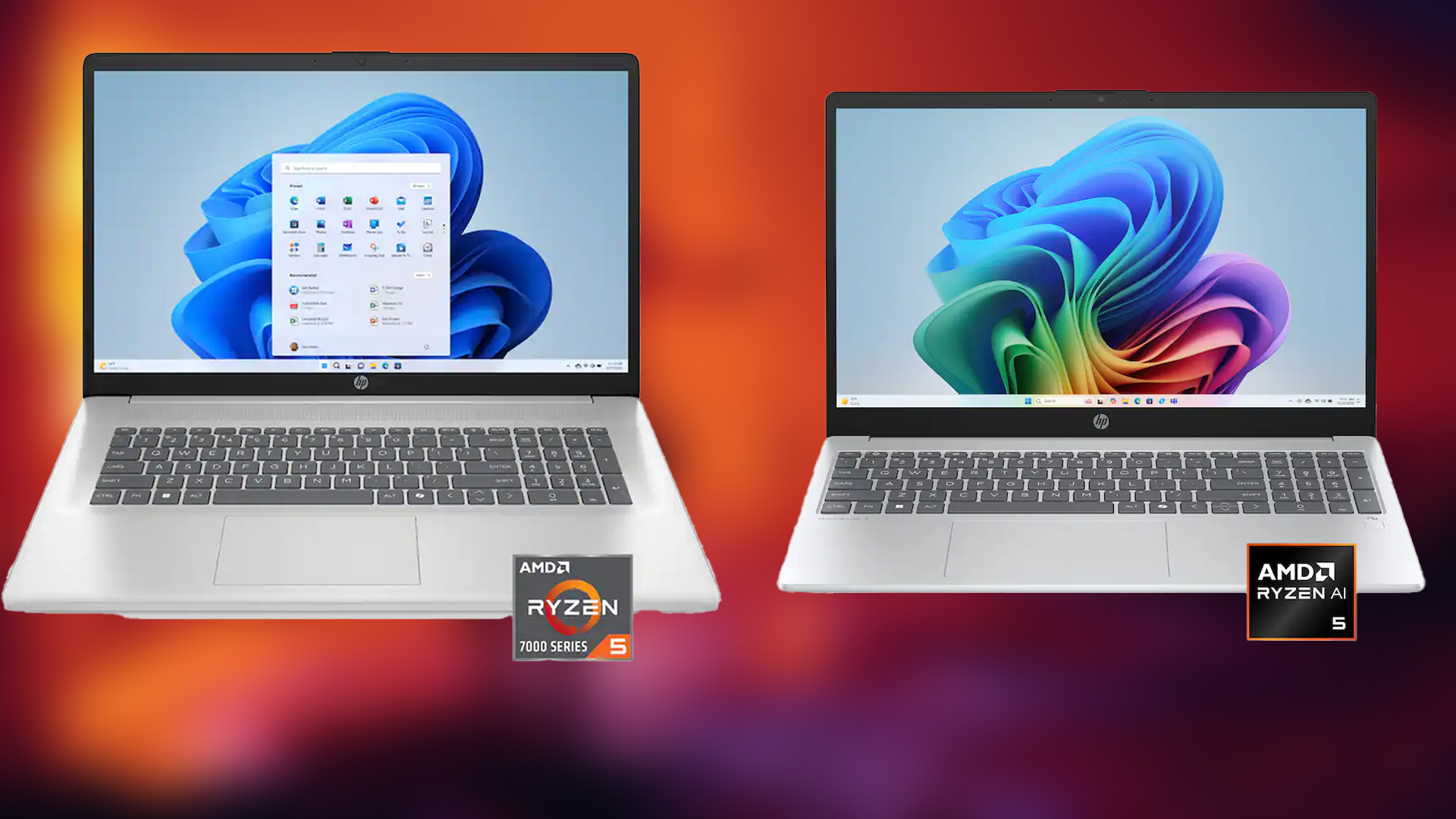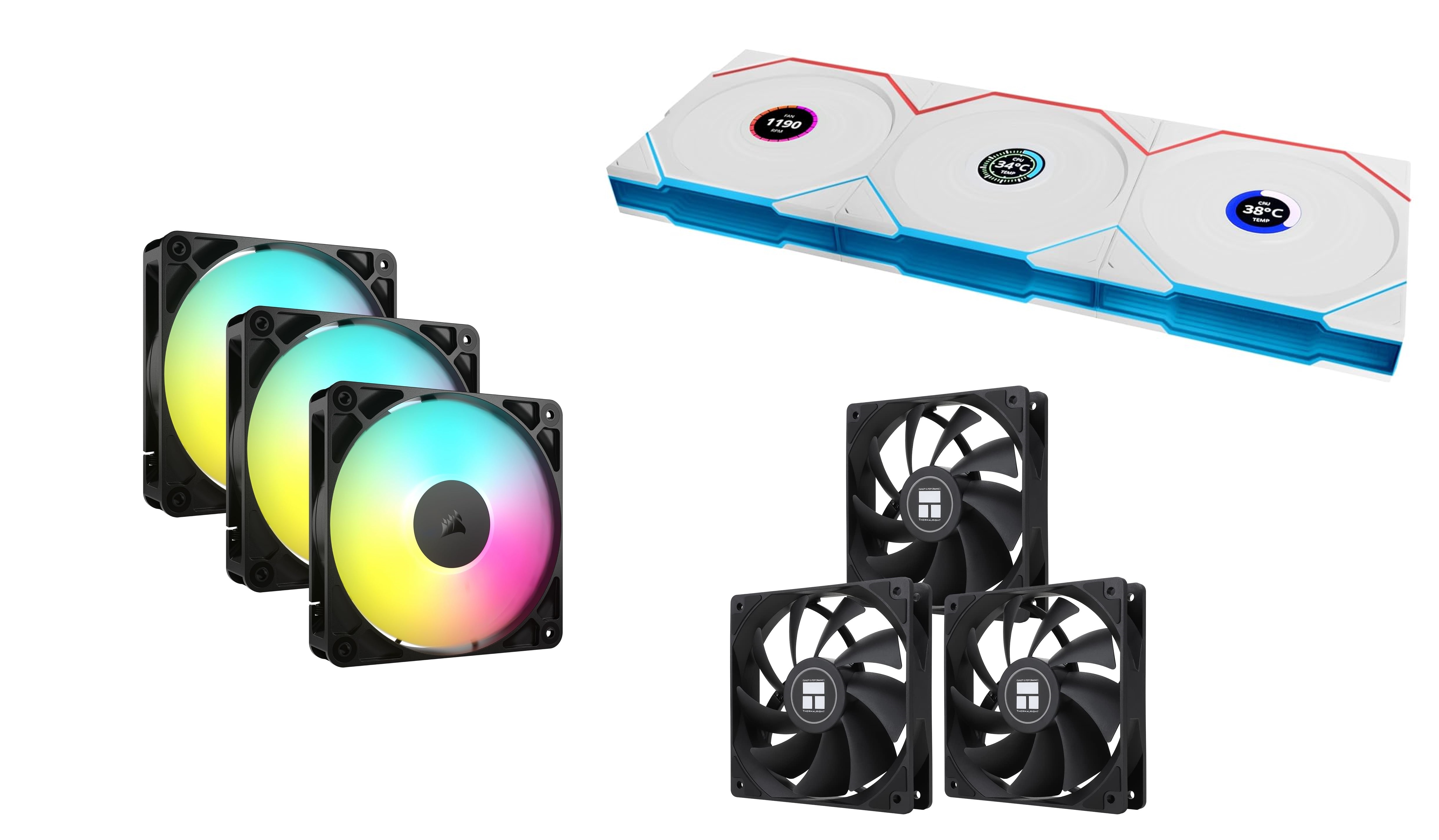Are you in the market for a new GPU but can’t decide which brand is better for your needs? We put Nvidia vs AMD to the test!

GPUs are an essential component of modern computers. They are responsible for rendering and displaying images, videos, and animations. They excel at high-speed mathematical calculations, which allow for high-quality visuals in games, videos, and other graphics-intensive applications.
In this article, we are going to look at two of the biggest competitors in the market, namely AMD and Nvidia.
Nvidia has been the market leader in cutting-edge GPUs for quite some time now, but AMD is giving Nvidia a run for its money.
Note: The article reflects the writer’s opinions.
Nvidia vs AMD: Which GPU Should You Get
Buying a new GPU is no easy task. Some offer better pricing, while others may offer better performance. With games becoming more GPU-intensive, it is important to get the most future-proof option available to avoid any issues down the line.
When buying a new GPU, we take into consideration the following factors: raster performance, memory bandwidth, driver support, and upscaling.
Rasterized Performance

It’s shown in the graph how the AMD 7700XT leads in terms of average frame rate compared to the Nvidia RTX 4060Ti.
(Image via Youtube/HardwareUnboxed)
Rasterization is the process of converting a 3D model into a 2D image for display on a monitor. It is also used to judge the raw performance of a GPU and how fast it can execute a GPU-intensive task. Out of the two GPU manufacturers, AMD offers better-rasterized performance for the price compared to Nvidia GPUs.
That said, Nvidia shines when it comes to ray tracing performance, offering much better support for hardware ray tracing. This allows for better visual quality, lighting, and reflections in modern games. For example, the 7700XT surpasses the 4060Ti in terms of raw performance.
Nvidia shines when it comes to ray-traced modern games which makes it an overall better product.

Memory bandwidth, also known as VRAM, is the maximum rate at which data is transferred between the system memory and the GPU. Higher VRAM equates to better textures and more headroom for the GPU to run at higher resolutions. AMD generally offers more VRAM compared to Nvidia GPUs for its price, which makes it a better choice for high-resolution gaming.
Driver Support

Both companies are known for their great driver support, which helps improve the performance of games and offers many bug fixes. However, AMD reigns supreme as it offers more frequent driver updates for multiple GPUs, including very old ones. Additionally, it provides a better debugging tool for monitoring problems or crashes on the driver side.
Upscaling

Upscaling is the cornerstone of modern gaming, allowing lower-quality images to be upscaled to a higher resolution with the help of AI and machine learning, resulting in better performance for the user.
When it comes to upscaling, Nvidia DLSS is far ahead of AMD FSR, providing much better visual clarity and significantly less ghosting. Nvidia uses its tensor cores to enhance its upscaling compared to AMD’s reliance on temporal data.
Conclusion
Nvidia GPUs are a better overall pick with great future-proofing, along with industry-leading upscaling and good driver support. However, AMD is a great buy if you just want high frame rates and better VRAM support.
Looking For More?
Thank you for reading the article. We provide the latest news and create guides for Baldur’s Gate 3, Starfield, ARK Survival Ascended, and more. Also, watch Deltia play games on Twitch or visit his YouTube channel!
 Reddit
Reddit
 Email
Email


